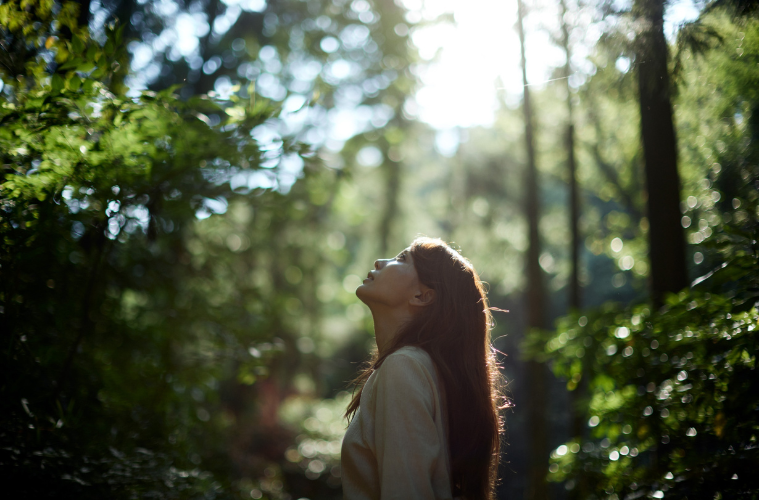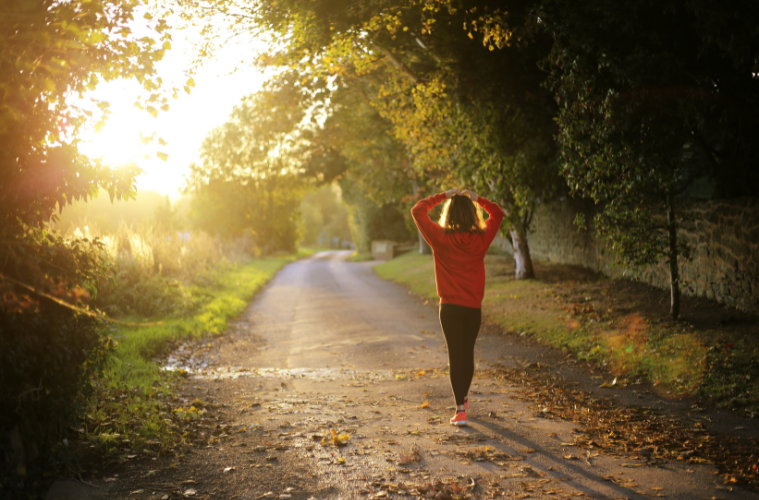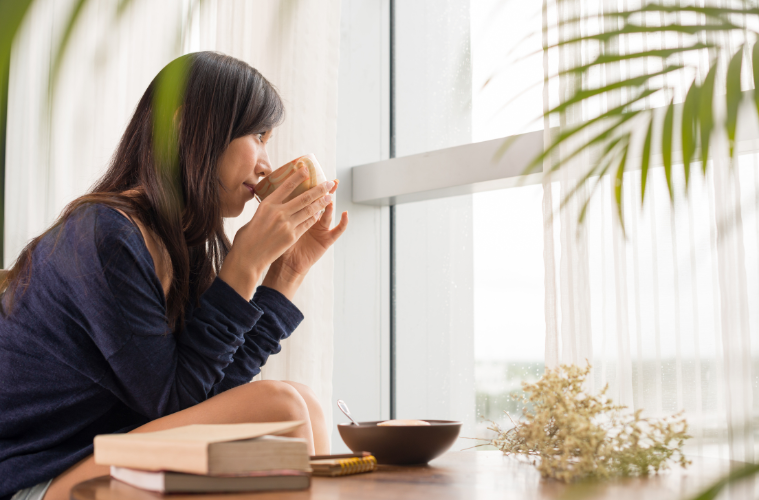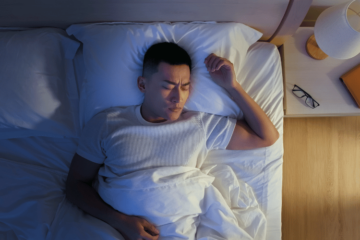In a world that celebrates speed, hustle, and instant gratification, a quiet revolution is taking place: the rise of slow living. More than just a lifestyle trend, slow living is a conscious response to the overstimulation, burnout, and constant pressure of modern life. In 2025, as we find ourselves more digitally connected and mentally exhausted than ever before, more people are choosing to step back, slow down, and redefine what it means to live well.
But what exactly is slow living? And why is it gaining traction now?
What Is Slow Living?
Slow living is about intentionally slowing the pace of daily life to focus on what truly matters: health, relationships, meaning, and mindfulness. It encourages living in the present, making thoughtful decisions, and creating space for rest, joy, and connection.
It doesn’t mean abandoning ambition or modern conveniences. Instead, it’s about resisting the pressure to do everything at once. It’s a lifestyle rooted in simplicity, sustainability, and self-awareness.
From how we eat, work, travel, and even consume media, slow living invites us to shift gears from reactive to intentional.
Why Now? The Cultural Shift in 2025

Several key forces have accelerated the slow living movement in recent years:
1. Burnout and Digital Fatigue
The always-on digital world has blurred the lines between work and rest. The pressure to be constantly available, productive, and online has led to widespread burnout. People are now actively looking for ways to unplug and create healthier routines—mentally and emotionally.
2. The Pandemic Legacy
The COVID-19 pandemic changed how we live and work. It forced millions to slow down, re-evaluate priorities, and recognise the value of home, health, and time. Even years later, those lessons are shaping lifestyle choices.
3. Sustainability and Conscious Consumption
As climate change and environmental concerns become more urgent, slow living has aligned with the desire to live more sustainably. That means buying less, supporting local, wasting less, and making more mindful decisions.
4. Mental Health Awareness
With growing conversations around mental health, more people are understanding the impact of stress, busyness, and overcommitment. Slow living offers a way to restore balance and reduce anxiety.
What Slow Living Looks Like in Everyday Life

You don’t need to live in a cabin in the woods to embrace slow living. It can be woven into even the busiest of lifestyles. Here’s how it’s showing up in 2025:
• Morning Routines Without Rush
Instead of waking up to a blaring alarm and checking emails first thing, many people are adopting gentler starts: meditation, journaling, a quiet breakfast, or a short walk.
• Mindful Eating
Cooking at home, eating slowly, and choosing whole foods has become a form of self-care. People are moving away from rushed meals and takeout in favour of simple, nourishing food that fuels both body and mind.
• Digital Boundaries
With growing awareness of screen time’s impact, slow living involves setting limits on digital devices, embracing tech-free time, and focusing on real-life interactions.
• Simplified Schedules
It’s now seen as acceptable, even healthy, to say no, cancel plans, and protect free time. Many are choosing fewer, more meaningful commitments rather than spreading themselves thin.
• Sustainable Habits
From upcycling and second-hand shopping to reducing waste and using public transport, slow living supports mindful consumption and environmental stewardship.
The Benefits of Slow Living
The shift toward slow living is not just about slowing down—it’s about living better. Some of the proven benefits include:
- Reduced stress and anxiety
- Improved sleep and physical health
- Deeper relationships
- Greater satisfaction with life
- Increased creativity and focus
By slowing down, people often find they gain more clarity, productivity, and joy than when constantly rushing.
How to Start Living Slower

You don’t have to overhaul your life overnight. Here are a few small steps to begin your slow living journey:
- Start your day without your phone.
- Declutter a small space in your home.
- Schedule one “unplugged” evening each week.
- Take a daily walk without music or podcasts—just listen to nature.
- Cook one meal from scratch and enjoy it without distractions.
- Journal or reflect on what matters most to you
Final Thoughts
In fast-paced times, slow living is a quiet rebellion, a way to reclaim time, presence, and peace. As the world continues to move at breakneck speed, choosing to slow down isn’t falling behind; it’s choosing to live with intention.
In 2025, more people are realising that a slower life doesn’t mean a smaller life. It means making room for what really counts. And in that space, we often find the freedom we were chasing all along.

